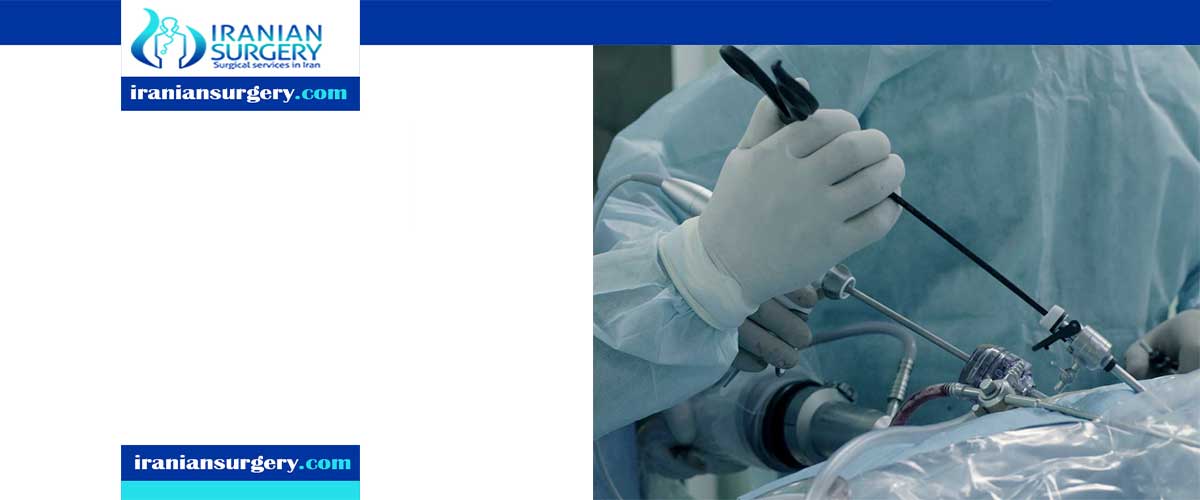laparoscopic procedure for infertility

laparoscopic procedure for infertility
A laparoscopy is a simple outpatient procedure. A person can undergo it in:
- a hospital
- an ambulatory surgical center
- in some cases, a fertility doctor's office
A person will receive anesthesia before the procedure, so they will not be awake or able to feel pain. After giving them the anesthesia, a surgeon will:
- insert a needle into the abdomen
- inject gas into the abdomen, to make it easier to see the organs and structures
- remove the needle and insert a small camera on an instrument called a laparoscope through a tiny incision
- make a second incision and insert a small tool called a probe
With the camera, the doctor will examine the structures in the abdomen. They will use the probe to move or lift organs out of the way.
Depending on what the doctor sees, there may be other steps, including:
- injecting dye through the fallopian tubes to see if they are open for sperm and eggs to travel through
- attempting to open blocked fallopian tubes
- removing scar tissue or adhesions
- correcting abnormalities
They may make a third incision in the abdomen and insert instruments to perform these additional procedures.
Finally, the surgeon will remove the tools and stitch up the incisions.
A person will have to remain under observation for a few hours to make sure that there are no complications and that recovery is going well.
Anyone who has undergone a laparoscopy should have someone else drive them home. Also, someone should stay with them for up to 24 hours after surgery.
10 common questions about laparoscopic procedure for infertility
[kkstarratings]


